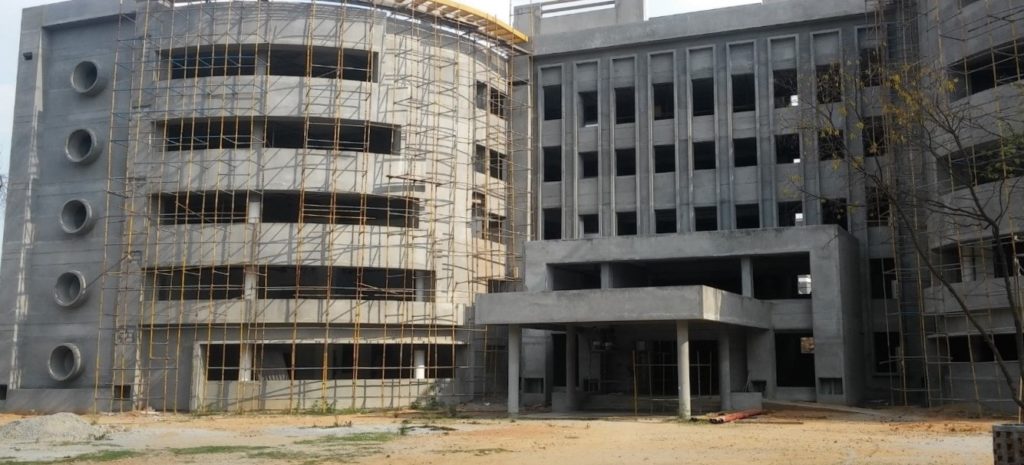
How to Plaster Your House?
- By Myhome
- July 19, 2019
- 1:08 pm
- 4 Comments
The word Plastering works in Bengaluru or anywhere is used to define it is mortar cover smeared on the surface of walls and ceilings. The plaster not only eliminates the roughness of concrete or masonry surface but gives smooth and elegant required finishing. The plastering is used to prevent the entry of external water into the masonry surfaces.
Requirements for Good plaster
- It should stick to to the background and stay during all deviations in the climatic conditions.
- Good plaster should be cost effective and economical.
- It should be hard and durable.
- Plaster should effectively protect the entry of moisture.
- It should retain good workability.
Common materials required for Plastering works in Bengaluru
Lime, Cement, Sand, Water and Admixture
Type of plastering :
- a) Based on Ingredients
- Cement Plaster:
It is the most frequently used Plastering works in Bengaluru or for all construction works. If cement is used as a binding material then it is called cement plaster. Normally, it is to be applied in one coat only. The thickness of plaster coat is entirely depends on the practical conditions and type of building. For RCC surfaces, 1:3 CM for Ceilings and 1:4 CM for wall plastering with the thickness of 6 mm is highly advisable. This is the most suitable plaster used against dampness.
- Lime Plaster
This is primarily a composition of sand, hydrated lime and water. If lime is used as a binding material then it is called lime plaster. Lime plaster’s mortar is usually prepared by mixing sand and lime in equal ratios. To get more strength for plaster, it is advisable to add little quantity off cement into it.
- Cement lime plaster
Here little cement is added for lime plaster for obtaining smooth finishing surface.
- b) Based on type of finish
- Sand faced plaster:
Normally sand face finishing is applicable for External Plastering works in Bengaluru or anywhere. Here two coats of plastering is applied to get this finish.
- First coat: For first coat, the CM in 1:4 ratio with 12 mm thick layer of cement sand mortar is applied and finished with rough coat by zigzag lines. It is then it is allowed for 7 days curing period.
- Second Coat: After first coat the CM in 1:1 ratio with 8 mm thick layer of second coat with cement and sand is applied. After levelling, finish the surface using sponge.
The screened sand with uniform size is applied for walls using skimming float, the surface obtained now is called the sand faced plaster.
- Pebble dash finish: In Pebble dash finish, the cement Mortar used should consist of combination of fine and coarse aggregate along with cement and sand with smooth work ability to apply for walls.
- Rough cast finish: This is also known as spatter dash finish. Here the cement Mortar used should consist of coarse aggregate along with cement and sand with smooth work ability to apply for walls.
- Smooth cast finish: To attain a smooth cast finish, the mortar used should be in the ratio 1: 3. After sieving the sand over 2.36 mm the passing sand below 2 mm obtained is called the Fine Sand is to be taken to prepare the mortar. For applying the cement mortar, use appropriate tool skimming float or wood float and finish the surface by smooth and even.
- Textured finish:
- Texture plaster or Stucco plaster is decorative type of plaster which gives a brilliant finish for interior and exterior wall surfaces.
- It is generally applied in three coats making the overall thickness of plaster to maximum 25 mm.
- The first coat of thickness about 10 mm is called scratch coatis applied first the second coatis of thickness about 8 mm to 1o mm is applied as middle coat called fine coat or brown coat and the third coat of thickness 5 mm is applied as the final coat called white coat or finishing coat.
- c) Rough Guideline for proportion of mortar for plastering
- Internal ceiling CM 1:3
- Internal walls CM 1:6
- External walls CM 1:5
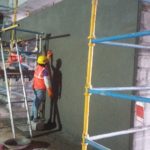
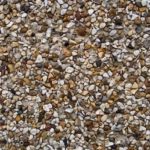
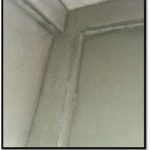
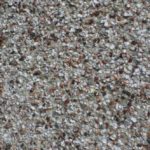
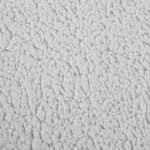
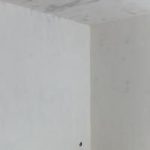
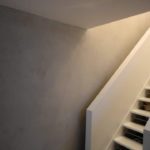
Share on facebook
Facebook
Share on whatsapp
WhatsApp
Share on twitter
Twitter
Share on linkedin
LinkedIn
Share on pinterest
Pinterest

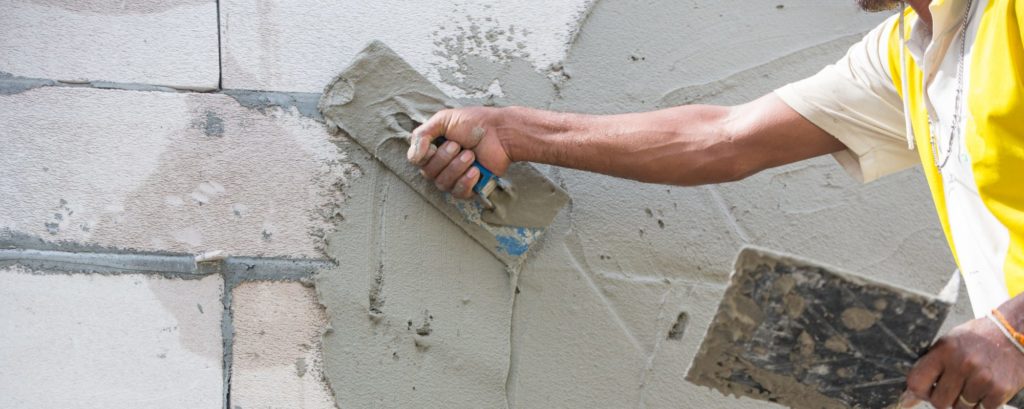
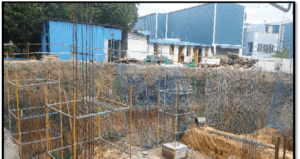
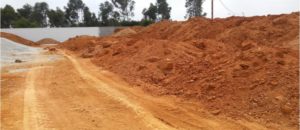

Great Blog. I wish we had one where I work.
If you need any IT Support in Plano Texas give us a call.
Saying that Good Job and love your support https://www.lgnetworksinc.com/it-support-plano-texas/
Good article! But if you want to repair and renovate your wall plasters, you can visit our website.
When we build our homes we always have an idea in mind to make it perfect and eye-catching. So this article is the right place to learn how to make our home perfect since this article shows how to make plaster a house. I liked it. Thanks for posting. One must check this qualityplasterers.co.nz it gives us more info on this topic.
Oh My God!!! This is a great blog, I am happy that I have come across this one. It’s an amazing blog to read, so many things about how to plaster your house- guide for home plastering. Thanks for this wonderful content. Do check out this ptcladding.co.nz, it has some great and nice ideas to look for.